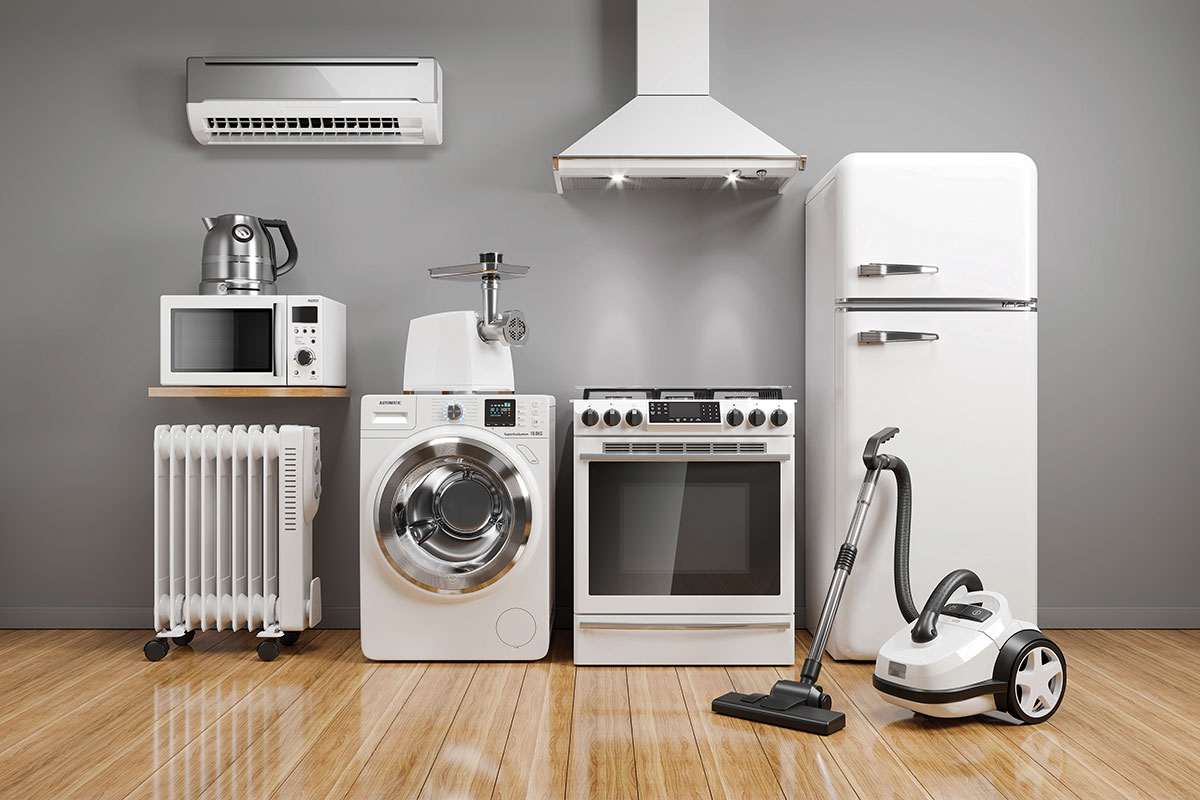Grounding
All electrical equipment for swimming pools must be grounded and connected by wiring methods in accordance with NFPA 70, National Electric Code® (NEC®).
The following must be grounded:
- All electrical equipment associated with the circulation system.
- All electrical equipment located within 5 feet of the inside wall of the pool water.
- All through-wall lighting assemblies and underwater luminaires.
- Panelboards that supply electricity to equipment associated with the pool.
Ground-fault circuit interrupters (GFCIs) are required with transformer and power supply enclosures, junction boxes, and pool motors.
Grounding and bonding terminals should be identified as being used for wet and corrosive environments.
Grounding and bonding connections should be made of copper, copper alloy, or stainless steel. They also should be listed for direct burial.
Luminaries and related equipment should also be grounded. All lighting assemblies and luminaires must be connected to an insulated copper grounding conductor not smaller than 12 AWG. Where a non-metallic conduit is installed, the installation of an 8 AWG insulated copper bonding jumper may be required in the conduit. Wet-niche luminaires supplied by a flexible cord must have all exposed non-current-carrying metal parts grounded.
An equipment-grounding conductor should be installed with the feeder conductors between the grounding terminal of the pool equipment panelboard and the grounding terminal of the applicable service equipment.
BONDING
Bonding is the joining of metallic parts to form an electrically conductive path that will result in electrical continuity between components to ensure that the electrical potential will be the same throughout.
The following parts of pools, spas, and hot tubs must be bonded together using conductors of at least 8 AWG or using rigid metal conduit.
All metallic parts of the pool’s structure, including reinforcing metal, must be bonded together using solid copper conductors (insulated, covered, or bare), and at least 8 AWG, or with rigid metal conduit of brass or other corrosion-resistant metal. Connections of bonded parts must be made in accordance with the NEC® (refer to Section 250.8).
All underwater metal-formed lighting shells must be bonded, as well as all metal fittings within or attached to the pool structure. Metal parts of electrical equipment related to the water circulation system – including pumps, motors, metal parts of pool covers, and associated equipment – must be bonded. All fixed metal parts must be bonded, including metal-sheathed cables and raceways, metal piping, metal awnings, metal fences, metal doors, and metal window frames.
The following is a general list of the items that require equipotential bonding:
- Conductive pool shells, including poured concrete, sprayed concrete, and concrete block with painted or plastered coatings.
- Structural reinforcing steel.
- Perimeter surfaces that extend 3 feet horizontally beyond the inside walls of the pool, spa, or hot tub.
A perimeter surface that extends less than 3 feet and is separated from the pool by a barrier shall require equipotential bonding on the pool side of the barrier. Bonding to perimeter surfaces shall be provided and be attached to the pool, spa, and hot tub reinforcing steel or copper conductor grid at a minimum of four points around the pool, spa, or hot tub.
- Metallic components.
- Underwater lighting.
- Metal fittings.
- Electrical equipment; and
- All fixed metal parts.
The perimeter surface that is considered to be bonded is the area that extends 3 feet horizontally beyond the inside walls of the pool and includes the unpaved surfaces and other types of paving. Bonding to perimeter surfaces can be attached to the pool reinforcing steel or copper conductor grid at a minimum of 4 points spaced around the pool’s perimeter.
Summary
The electrical equipment for swimming pools must be grounded and connected by wiring methods in accordance with NFPA 70, National Electric Code®.
In addition to grounding, bonding is required to get all metal parts of the electrical equipment and the non-electrical metal parts of the pool/spa structure to attain equal electrical potential.
The combination of water and electricity can be fatal; it is important to remember and adhere to all safety concerns and practices.















Find Us on Socials